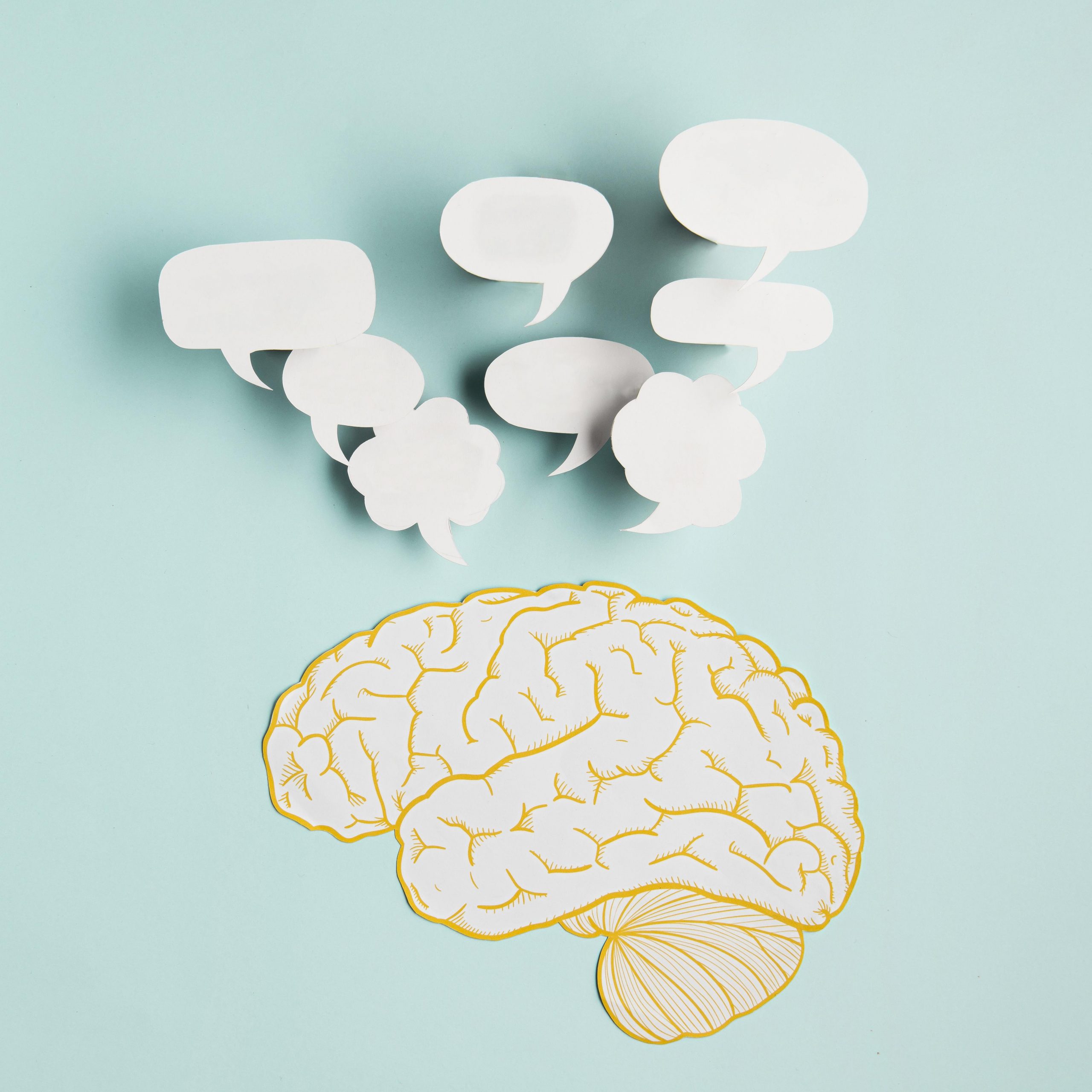

Scientists hailing from Radboud University and the UMC Utrecht have achieved a remarkable feat – the conversion of brain signals into audible speech. Through the intricate interplay of implants and advanced artificial intelligence, they proficiently deciphered brain signals, enabling them to accurately anticipate individuals’ intended speech at an impressive rate of 92%–100%. Their groundbreaking discoveries have been formally documented in the esteemed Journal of Neural Engineering.
These pioneering efforts usher in a promising era within the realm of Brain-Computer Interfaces. As articulated by lead researcher Julia Berezutskaya, an esteemed member of Radboud University’s Donders Institute for Brain, Cognition, and Behaviour, alongside the UMC Utrecht, this research constitutes a significant stride forward. Ingeniously utilizing brain implants among epilepsy patients, Berezutskaya and her cohorts adeptly extrapolated the content of people’s verbalizations.
“Ultimately, we hope to make this technology available to patients in a locked-in state, who are paralyzed and unable to communicate,” says Berezutskaya. “These people lose the ability to move their muscles, and thus to speak. By developing a brain-computer interface, we can analyze brain activity and give them a voice again.”
In pursuit of their recent study, the scientists orchestrated an experiment involving individuals without paralysis who bore temporary brain implants. These participants were prompted to articulate an array of words aloud, while having their cerebral processes meticulously recorded the entire time.
Berezutskaya says, “We were then able to establish direct mapping between brain activity on the one hand, and speech on the other hand. We also used advanced artificial intelligence models to translate that brain activity directly into audible speech. That means we weren’t just able to guess what people were saying, but we could immediately transform those words into intelligible, understandable sounds. In addition, the reconstructed speech even sounded like the original speaker in their tone of voice and manner of speaking.”
Across the globe, researchers are ardently engaged in deciphering linguistic expressions and complete sentences encoded within brain patterns. Remarkably, this team of researchers achieved the feat of reconstituting coherent speech patterns using relatively modest datasets. This accomplishment underscores the capacity of their models to unveil the intricate correlation existing between brain dynamics and spoken language, even when confronted with limited information.
Of paramount importance, the researchers complemented their work by enlisting volunteers for auditory assessments, gauging the perceptibility of the artificially synthesized words. Encouragingly, the affirmative outcomes derived from these evaluations affirm the technology’s proficiency in accurate word recognition and highlight its prowess in effectively conveying these words audibly and comprehensibly, mirroring the qualities of genuine human speech.
“For now, there’s still a number of limitations,” warns Berezutskaya. “In these experiments, we asked participants to say twelve words out loud, and those were the words we tried to detect. In general, predicting individual words is less complicated than predicting entire sentences. In the future, large language models that are used in AI research can be beneficial.”
“Our goal is to predict full sentences and paragraphs of what people are trying to say based on their brain signals and activity alone. To get there, we’ll need more experiments, more advanced implants, larger datasets and advanced AI models. All these processes will still take a number of years, but it looks like we’re heading in the right direction.”
more recommended stories
 Urine-Based microRNA Aging Clock Predicts Biological Age
Urine-Based microRNA Aging Clock Predicts Biological AgeKey Takeaways (Quick Summary) Researchers developed.
 Circadian Control of Neutrophils in Myocardial Infarction
Circadian Control of Neutrophils in Myocardial InfarctionKey Takeaways for HCPs Neutrophil activity.
 E-Cigarette Use and Heart Attack Risk in Former Smokers
E-Cigarette Use and Heart Attack Risk in Former SmokersKey Takeaways for Clinicians and Nurses.
 36-Week Pre-eclampsia Screening May Reduce Term Risk
36-Week Pre-eclampsia Screening May Reduce Term RiskA New Preventive Strategy for Term.
 Cardiovascular Risk and Sudden Cardiac Death in Diabetes
Cardiovascular Risk and Sudden Cardiac Death in DiabetesRising Sudden Cardiac Death (SCD) Risk.
 Poor Kidney Function and Alzheimer’s Biomarkers Explained
Poor Kidney Function and Alzheimer’s Biomarkers ExplainedPoor kidney function may influence levels.
 Walking Speed Before Hip Replacement Predicts Recovery
Walking Speed Before Hip Replacement Predicts RecoveryNew Evidence Points to a Simple,.
 Neuroblastoma Drug Combo Extends Survival in Models
Neuroblastoma Drug Combo Extends Survival in ModelsA Promising Shift in High-Risk Neuroblastoma.
 How Soybean Oil Impacts Weight Gain and Metabolism
How Soybean Oil Impacts Weight Gain and MetabolismWhy Soybean Oil May Affect Metabolism.
 Coffee and Cognitive Function: Evidence Review
Coffee and Cognitive Function: Evidence ReviewA new narrative review in Cureus.

Leave a Comment